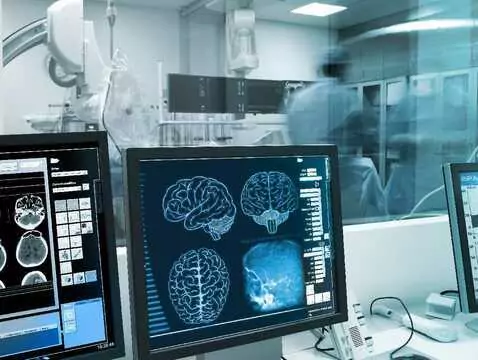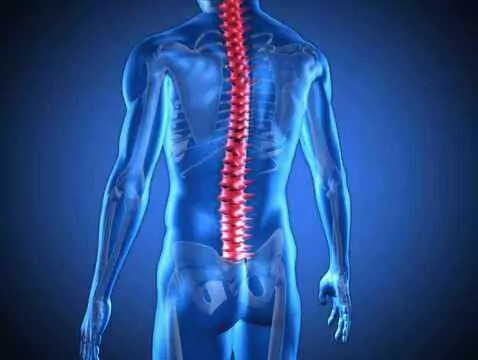Neurological disorders among children are as common as in adults. An additional risk factor is damage to the nervous system while still in foetal life or during birth, as well as deficits arising during development.
Developmental defects of the central nervous system
Developmental malformations comprise a group of disorders, most often multifactorially determined, arising during foetal development and leading to permanent structural damage to the brain. The type of defect created depends on the period of fetal life in which the damaging factor acted.
Defects in the dystrophic groups are associated with the absence or abnormal anastomosis of the neural tube mainly in the neural segment during early fetal life.
This results in displacement of the meninges and neural tissue through the resulting bony defects in the skull or spine, creating a meningocerebral or meningo-spinal hernia. Clinical symptoms depend on the location and extent of the damage to the nerve tissue. They often include spastic paresis of the limbs and sphincter dysfunction.
In the final period of foetal life and even after birth, the child is mainly exposed to myelinisation disorders and cerebral mantle defects.

photo ojoimages
Known risk factors for developmental damage to the central nervous system include:
- age of the mother
- presence of malformations in the family
- improper care during pregnancy
- chronic diseases of the mother
- ionising radiation
- qualitative and quantitative nutritional deficiencies
Cerebral palsy
Cerebral palsy is not a specific disease entity with a clear aetiology. It results from a nonprogressive brain injury that is in the developmental stage or a developmental brain disorder with an early onset and chronic course. It is characterised by motor deficits, speech and cognitive impairments as well as behavioural problems and epilepsy.
The most common causes of cerebral palsy depending on the causative period are:
- prenatal factors - intrauterine infections, genetic factors, premature birth
- perinatal factors - hypoxia, ischaemia, infection, hypoglycaemia
- postnatal factors - infections, hydrocephalus, vascular disease
Increased intracranial pressure syndrome









